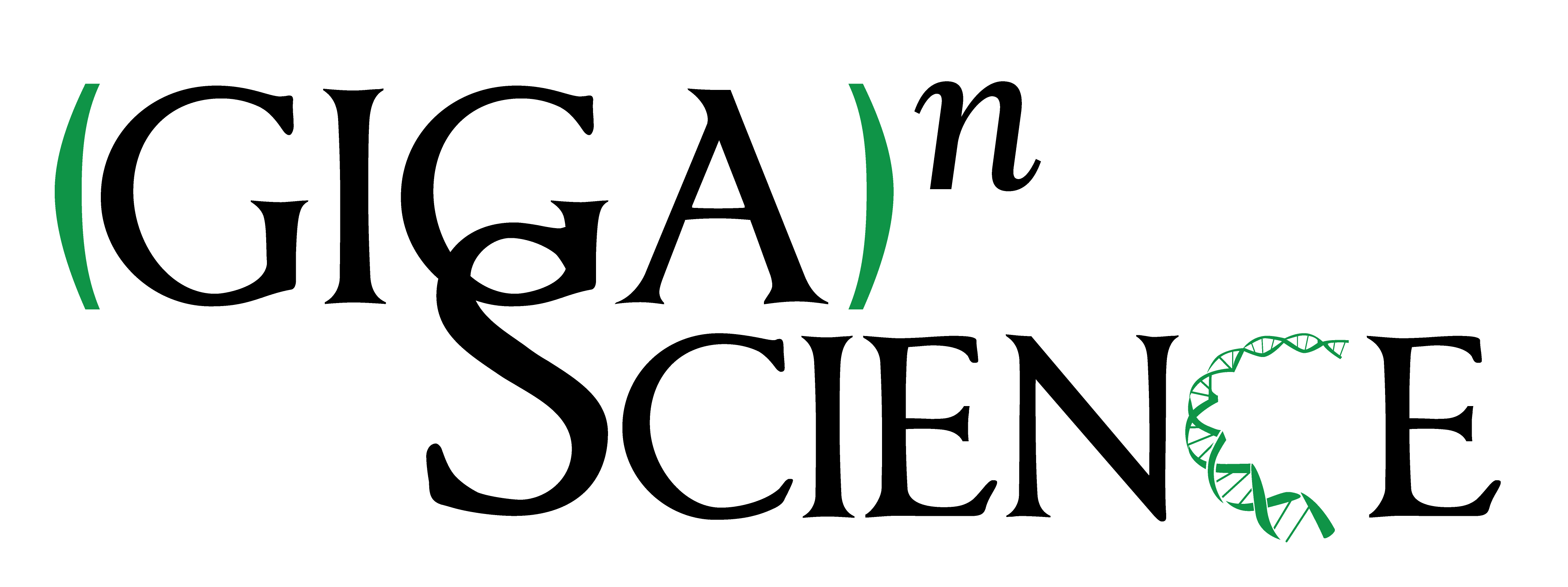Construction of the third-generation Zea mays haplotype map
This article has been Reviewed by the following groups
Discuss this preprint
Start a discussion What are Sciety discussions?Listed in
- Evaluated articles (GigaScience)
Abstract
Background
Characterization of genetic variations in maize has been challenging, mainly due to deterioration of collinearity between individual genomes in the species. An international consortium of maize research groups combined resources to develop the maize haplotype version 3 (HapMap 3), built from whole-genome sequencing data from 1218 maize lines, covering predomestication and domesticated Zea mays varieties across the world.
Results
A new computational pipeline was set up to process more than 12 trillion bp of sequencing data, and a set of population genetics filters was applied to identify more than 83 million variant sites.
Conclusions
We identified polymorphisms in regions where collinearity is largely preserved in the maize species. However, the fact that the B73 genome used as the reference only represents a fraction of all haplotypes is still an important limiting factor.
Article activity feed
-

Now published in GigaScience doi: 10.1093/gigascience/gix134
Robert Bukowski 1Bioinformatics Facility, Institute of Biotechnology, Cornell University, Ithaca, NY 14853Find this author on Google ScholarFind this author on PubMedSearch for this author on this siteXiaosen Guo 2BGI-Shenzhen, Shenzhen 518083, China3Department of Biology, University of Copenhagen, Ole Maaløes Vej 5, DK-2200 Copenhagen, DenmarkFind this author on Google ScholarFind this author on PubMedSearch for this author on this siteYanli Lu 4Maize Research Institute, Sichuan Agricultural University, Wenjiang 611130, Sichuan, ChinaFind this author on Google ScholarFind this author on PubMedSearch for this author on this siteCheng Zou 5Institute of Crop Science, Chinese Academy of Agricultural Sciences/National Key Facilities for Crop Gene Resource and Genetic …
Now published in GigaScience doi: 10.1093/gigascience/gix134
Robert Bukowski 1Bioinformatics Facility, Institute of Biotechnology, Cornell University, Ithaca, NY 14853Find this author on Google ScholarFind this author on PubMedSearch for this author on this siteXiaosen Guo 2BGI-Shenzhen, Shenzhen 518083, China3Department of Biology, University of Copenhagen, Ole Maaløes Vej 5, DK-2200 Copenhagen, DenmarkFind this author on Google ScholarFind this author on PubMedSearch for this author on this siteYanli Lu 4Maize Research Institute, Sichuan Agricultural University, Wenjiang 611130, Sichuan, ChinaFind this author on Google ScholarFind this author on PubMedSearch for this author on this siteCheng Zou 5Institute of Crop Science, Chinese Academy of Agricultural Sciences/National Key Facilities for Crop Gene Resource and Genetic Improvement, Beijing 100081, ChinaFind this author on Google ScholarFind this author on PubMedSearch for this author on this siteBing He 2BGI-Shenzhen, Shenzhen 518083, ChinaFind this author on Google ScholarFind this author on PubMedSearch for this author on this siteZhengqin Rong 2BGI-Shenzhen, Shenzhen 518083, ChinaFind this author on Google ScholarFind this author on PubMedSearch for this author on this siteBo Wang 2BGI-Shenzhen, Shenzhen 518083, ChinaFind this author on Google ScholarFind this author on PubMedSearch for this author on this siteDawen Xu 2BGI-Shenzhen, Shenzhen 518083, ChinaFind this author on Google ScholarFind this author on PubMedSearch for this author on this siteBicheng Yang 2BGI-Shenzhen, Shenzhen 518083, ChinaFind this author on Google ScholarFind this author on PubMedSearch for this author on this siteChuanxiao Xie 5Institute of Crop Science, Chinese Academy of Agricultural Sciences/National Key Facilities for Crop Gene Resource and Genetic Improvement, Beijing 100081, ChinaFind this author on Google ScholarFind this author on PubMedSearch for this author on this siteLongjiang Fan 6Institute of Crop Science and Institute of Bioinformatics, Department of Agronomy, Zhejiang University, Hangzhou 310058, ChinaFind this author on Google ScholarFind this author on PubMedSearch for this author on this siteShibin Gao 4Maize Research Institute, Sichuan Agricultural University, Wenjiang 611130, Sichuan, ChinaFind this author on Google ScholarFind this author on PubMedSearch for this author on this siteXun Xu 2BGI-Shenzhen, Shenzhen 518083, ChinaFind this author on Google ScholarFind this author on PubMedSearch for this author on this siteGengyun Zhang 2BGI-Shenzhen, Shenzhen 518083, ChinaFind this author on Google ScholarFind this author on PubMedSearch for this author on this siteYingrui Li 2BGI-Shenzhen, Shenzhen 518083, ChinaFind this author on Google ScholarFind this author on PubMedSearch for this author on this siteYinping Jiao 7Cold Spring Harbor Laboratory, Cold Spring Harbor, New York, USAFind this author on Google ScholarFind this author on PubMedSearch for this author on this siteJohn Doebley 8Department of Genetics, University of Wisconsin, Madison, Wisconsin, USAFind this author on Google ScholarFind this author on PubMedSearch for this author on this siteJeffrey Ross-Ibarra 9Department of Plant Sciences, University of California, Davis, California, USAFind this author on Google ScholarFind this author on PubMedSearch for this author on this siteVince Buffalo 9Department of Plant Sciences, University of California, Davis, California, USAFind this author on Google ScholarFind this author on PubMedSearch for this author on this siteM. Cinta Romay 10Institute for Genomic Diversity, Cornell University, Ithaca, NY 14853Find this author on Google ScholarFind this author on PubMedSearch for this author on this siteEdward S. Buckler 10Institute for Genomic Diversity, Cornell University, Ithaca, NY 1485311US Department of Agriculture-Agricultural Research Service, Ithaca, NY 14853Find this author on Google ScholarFind this author on PubMedSearch for this author on this siteYunbi Xu 5Institute of Crop Science, Chinese Academy of Agricultural Sciences/National Key Facilities for Crop Gene Resource and Genetic Improvement, Beijing 100081, China12International Maize and Wheat Improvement Center (CIMMYT), El Batan 56130, Texcoco, MexicoFind this author on Google ScholarFind this author on PubMedSearch for this author on this siteDoreen Ware 7Cold Spring Harbor Laboratory, Cold Spring Harbor, New York, USAFind this author on Google ScholarFind this author on PubMedSearch for this author on this siteQi Sun 1Bioinformatics Facility, Institute of Biotechnology, Cornell University, Ithaca, NY 14853Find this author on Google ScholarFind this author on PubMedSearch for this author on this site
A version of this preprint has been published in the Open Access journal GigaScience (see paper https://doi.org/10.1093/gigascience/gix134 ), where the paper and peer reviews are published openly under a CC-BY 4.0 license.
These peer reviews were as follows:
Reviewer 1: http://dx.doi.org/10.5524/REVIEW.100974 Reviewer 2: http://dx.doi.org/10.5524/REVIEW.100975
-
-

